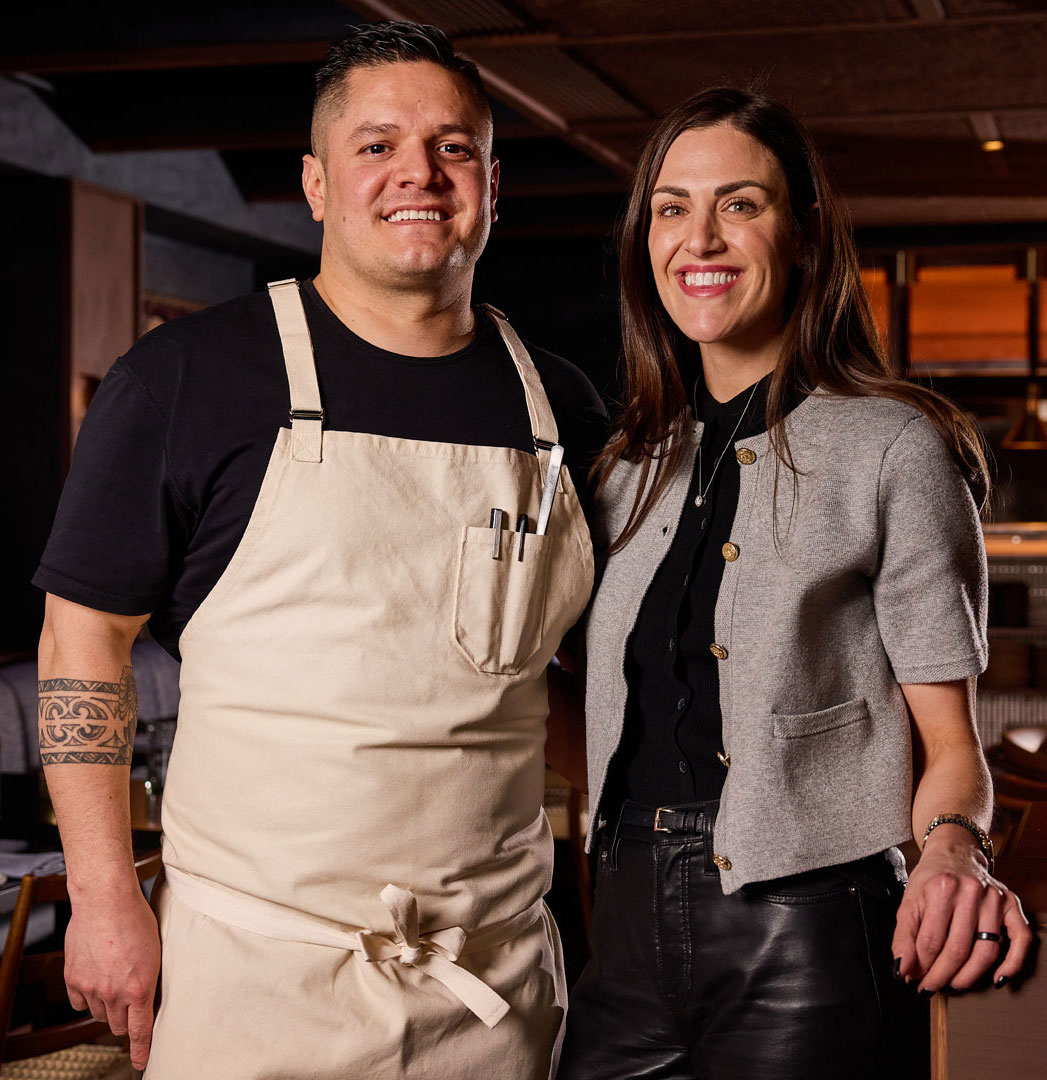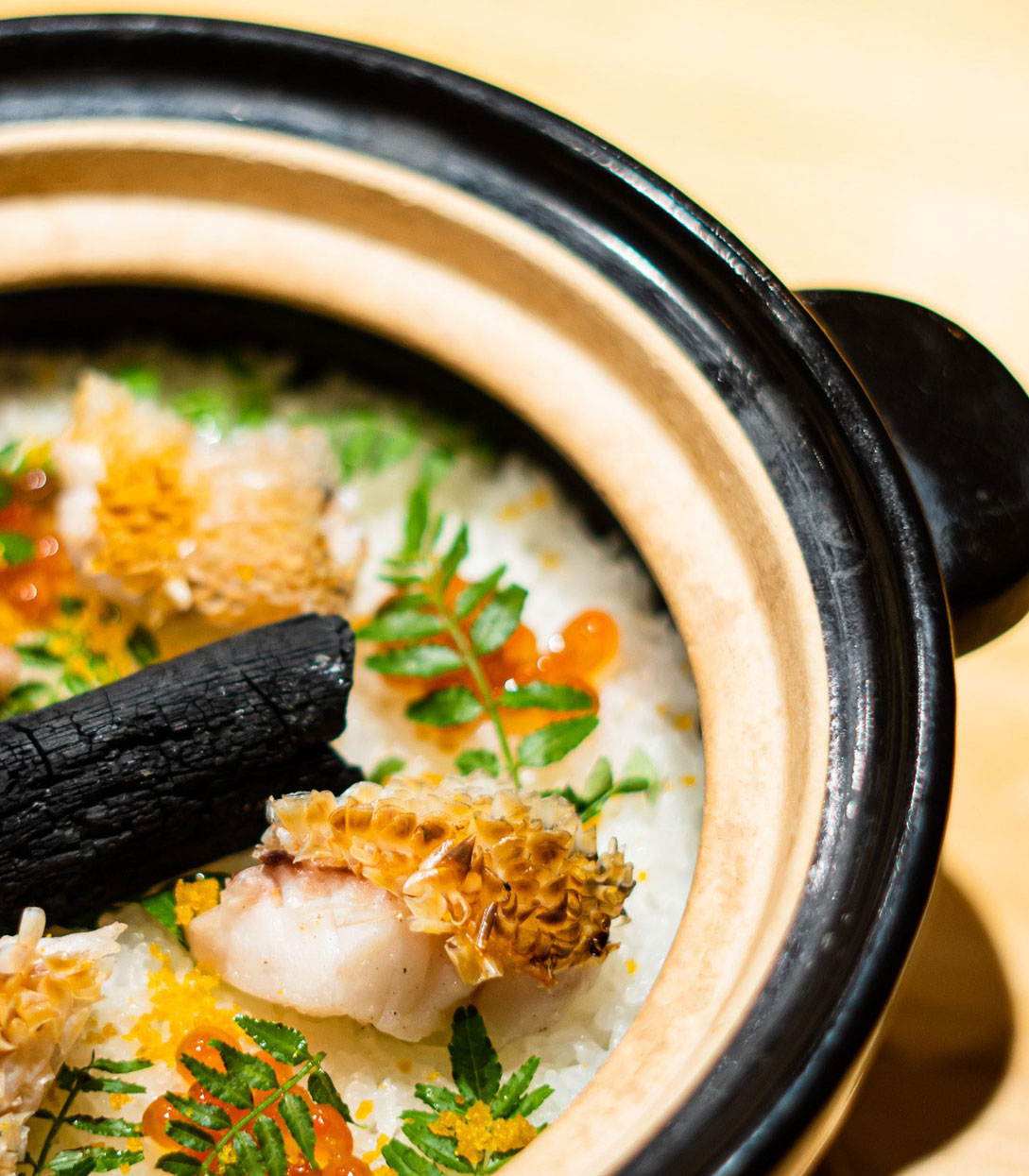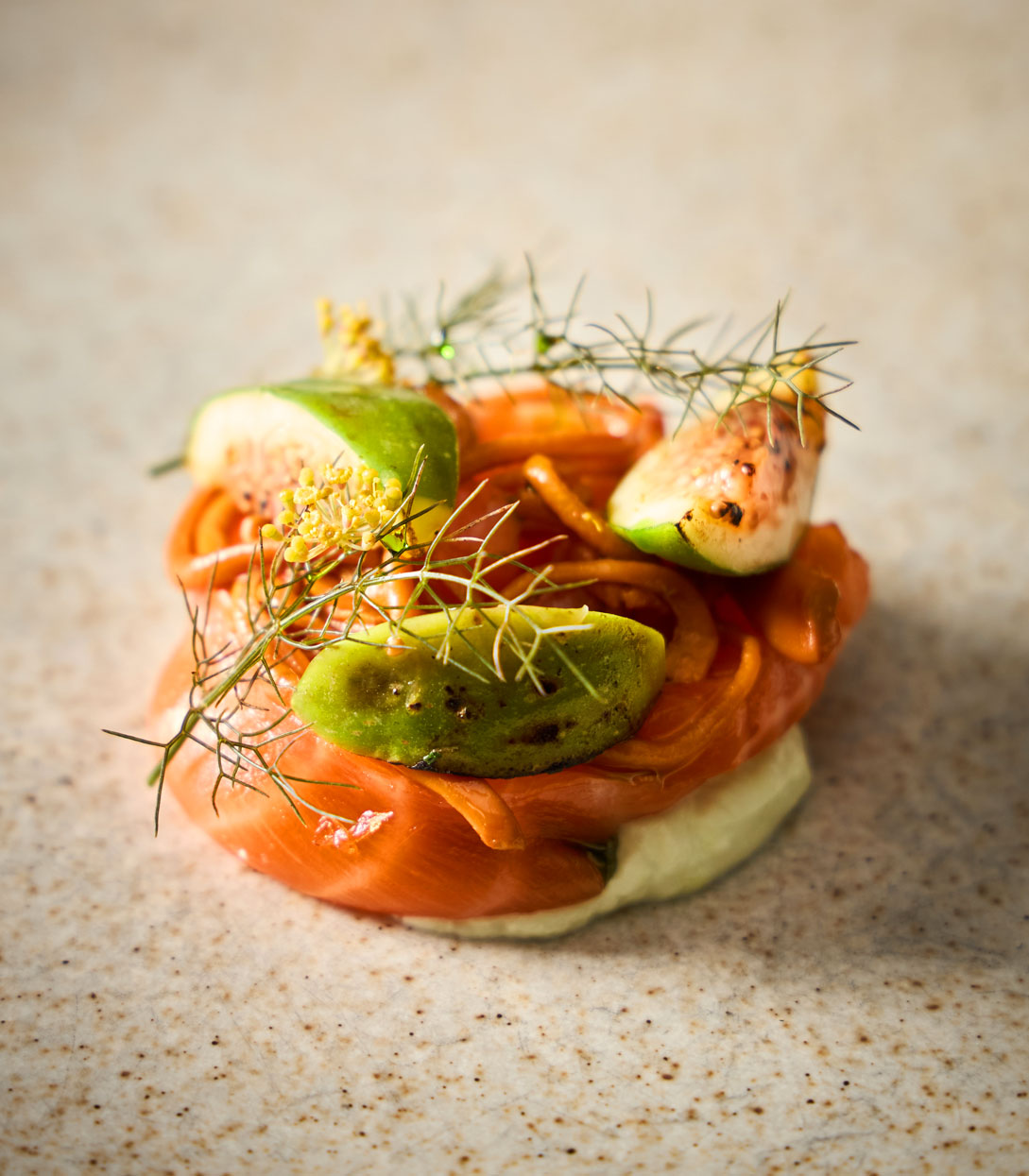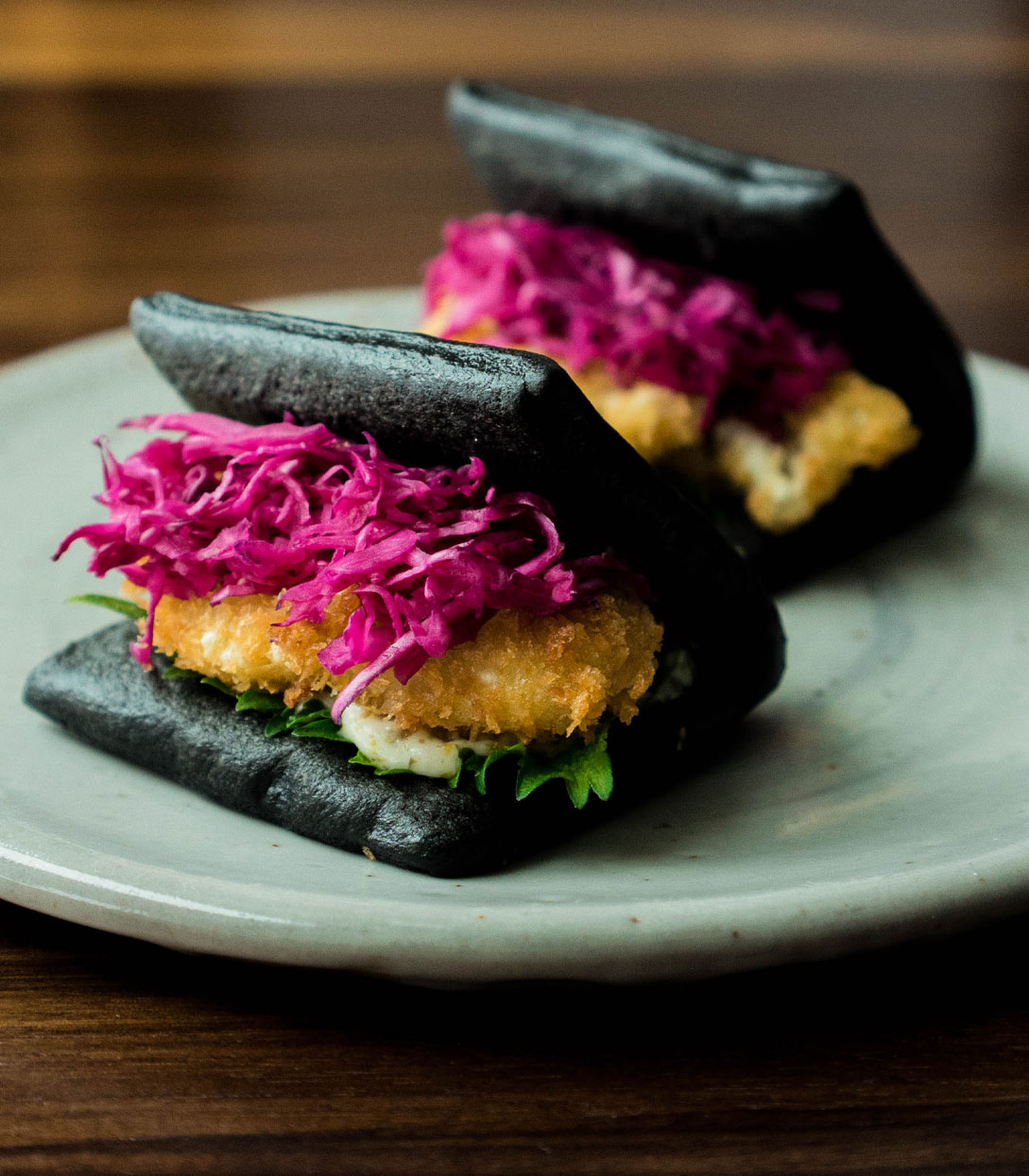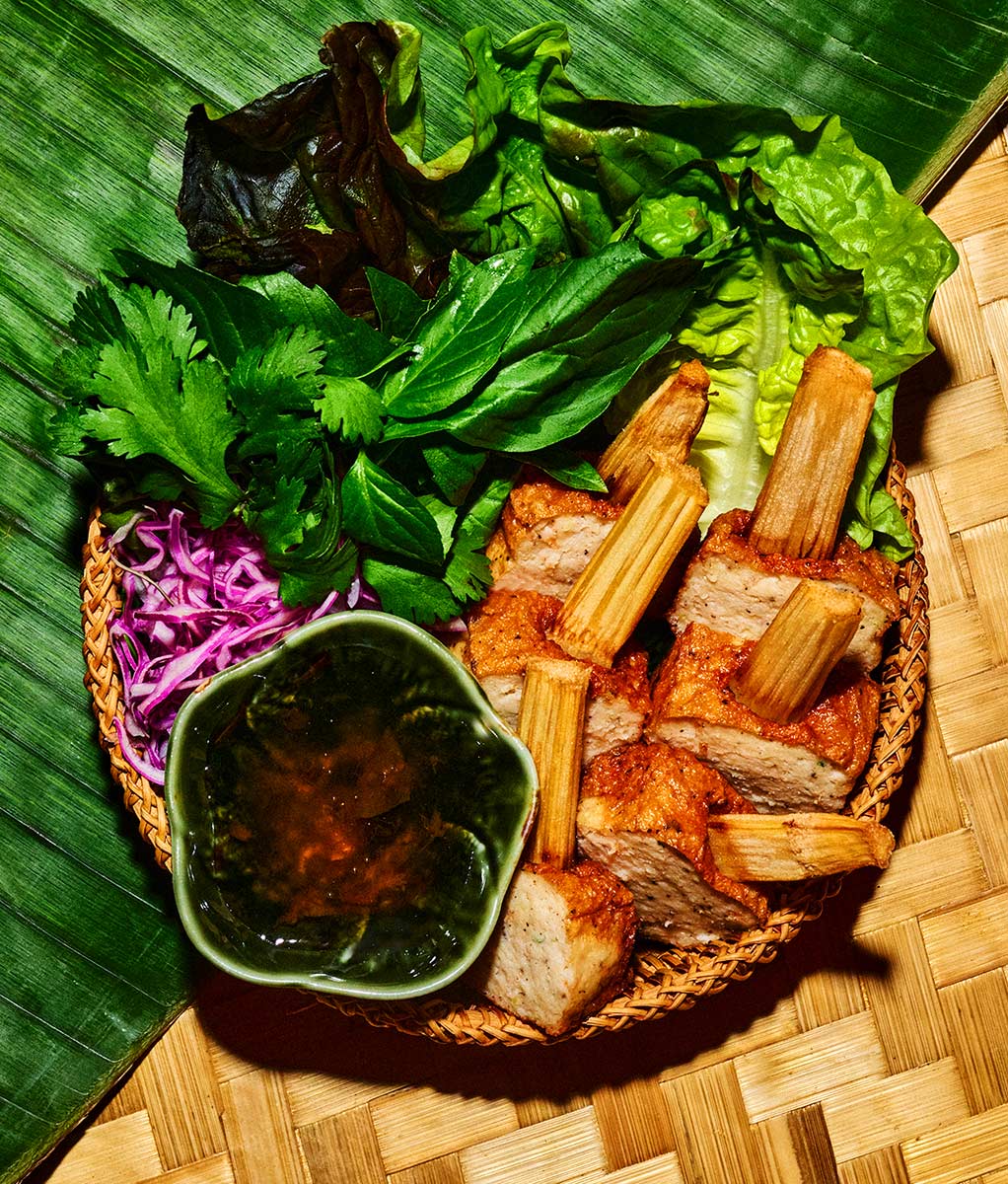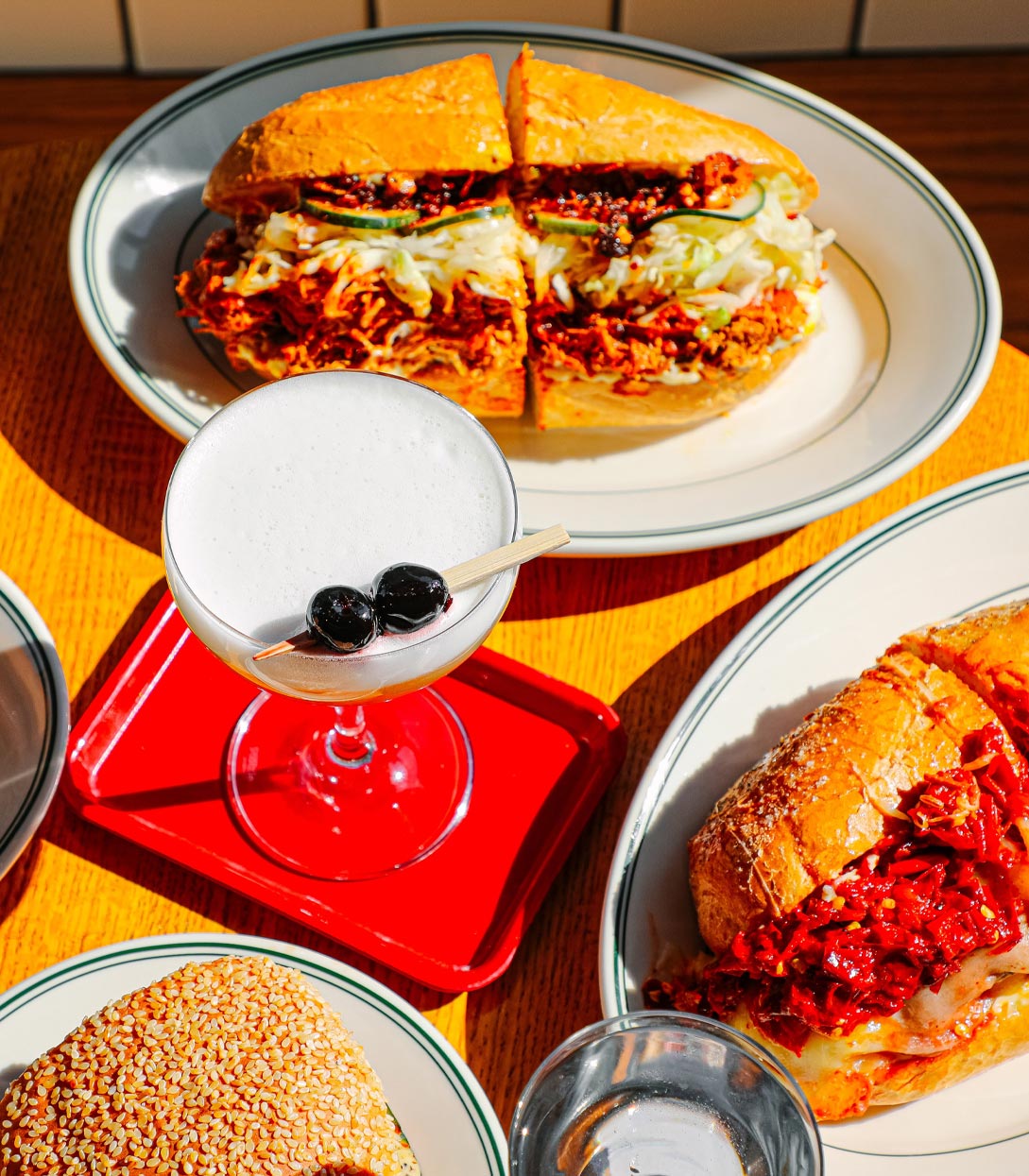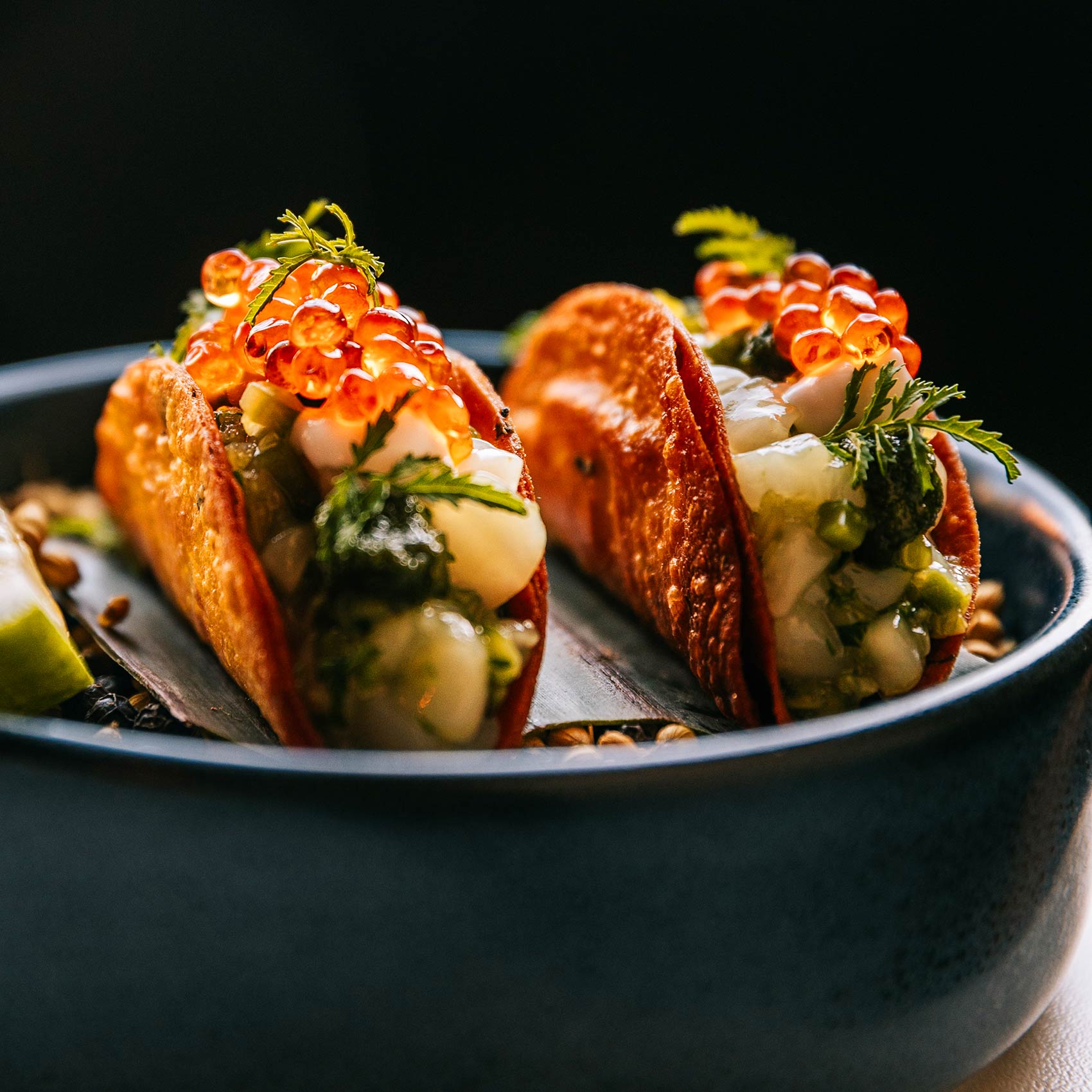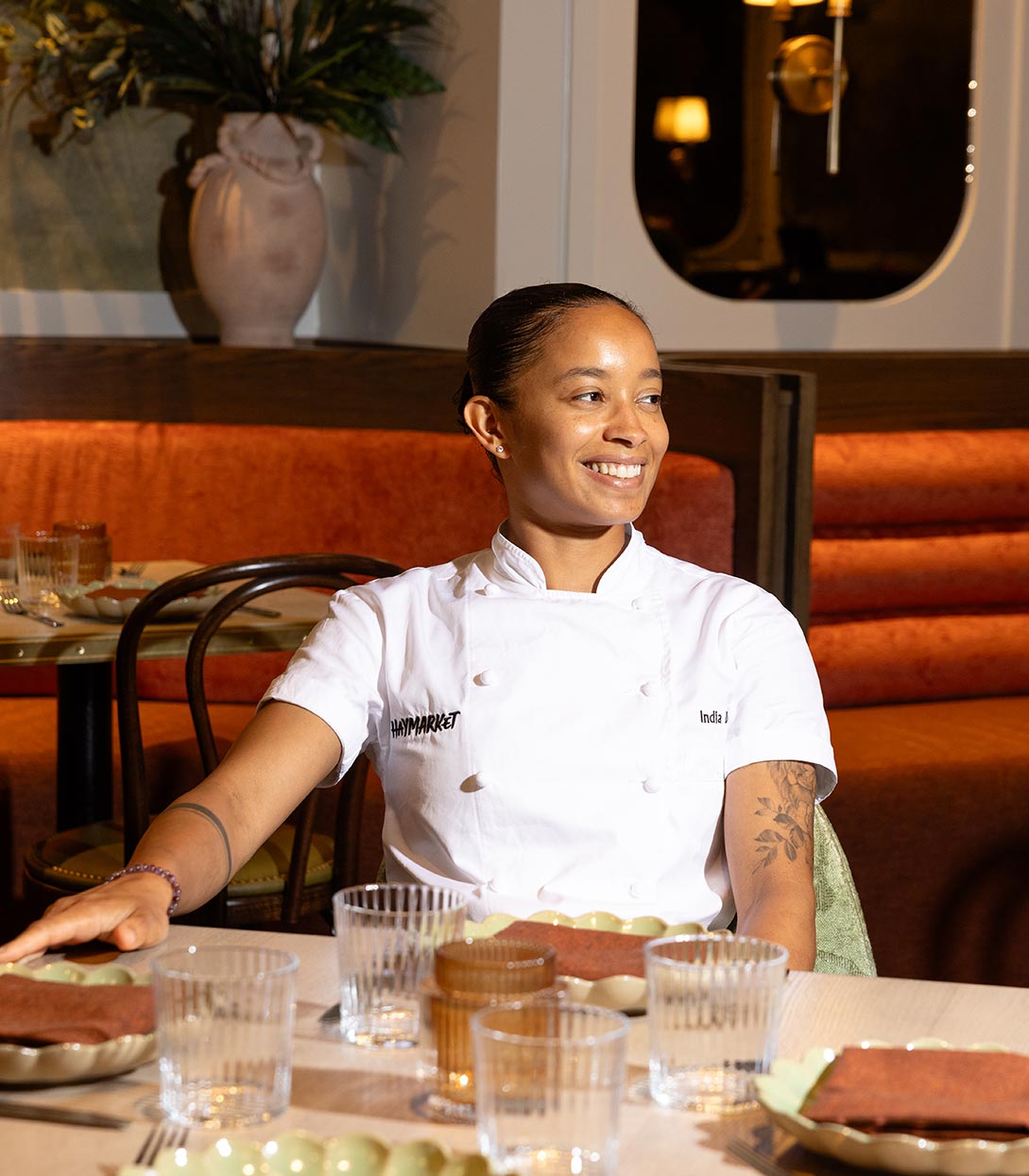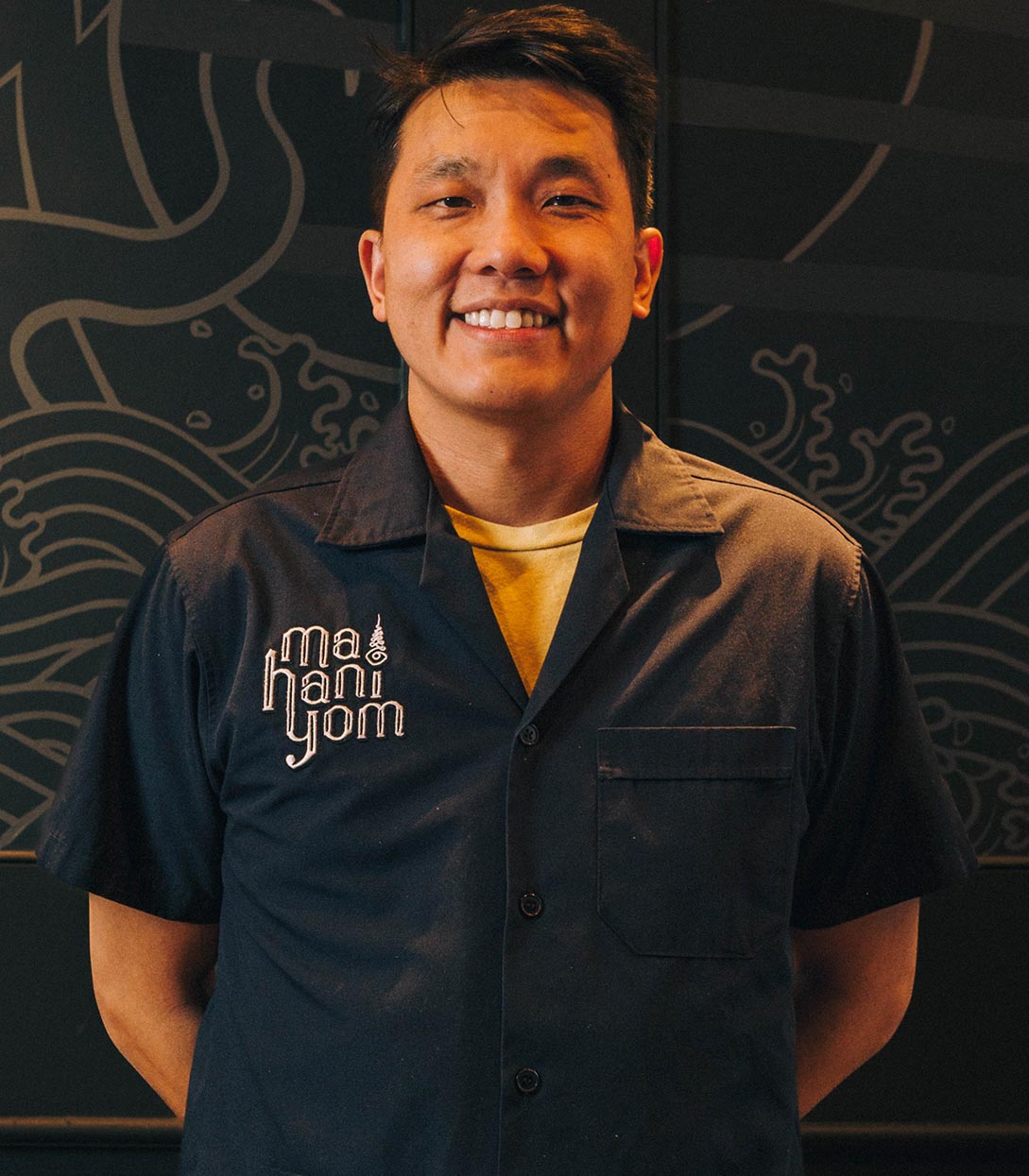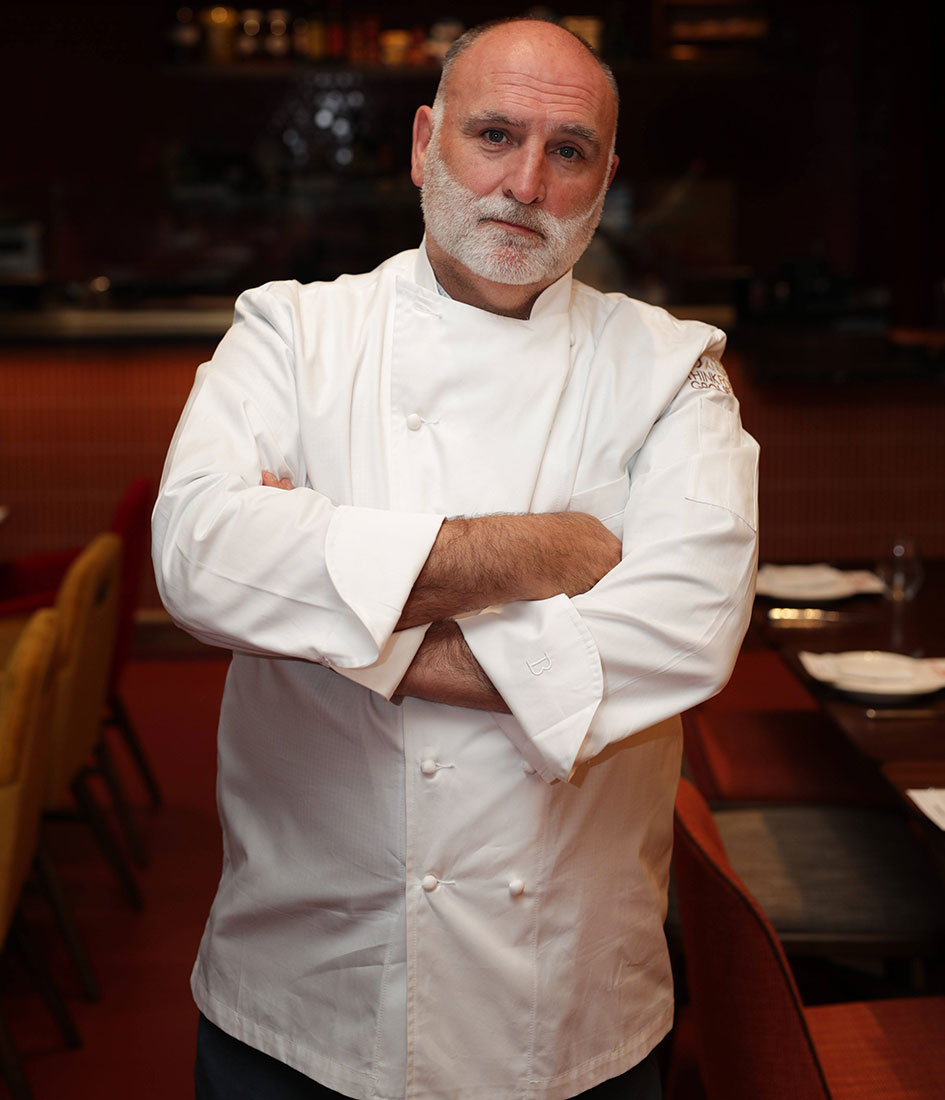Nepal sits at the crossroads of cultures, landlocked in the Himalayas between India and China. Despite being a small country, Nepali flavor profiles are uniquely delicious.
In a Tampa Bay strip mall, sits one of the best Nepali restaurants in America: MICHELIN Bib Gourmand Gorkhali Kitchen. Soon to be featured on Food Network competing with Bobby Flay, owner Rajesh Pathak transports Floridians to Nepal with delicious momo, sekuwa, and thali that pack a punch.
“This is a reflection of what I grew up eating in the streets of Nepal’s Kathmandu city,” begins Pathak.
Named after the original warriors of Nepal, Gorkhali Kitchen showcases the diverse cuisine of the country. “We are comprised of the Himalayas and plain fertile land. Depending on what part of the country you're in, the cuisine completely changes.”

Pathak explains, “In the high altitude up north, your cuisine would be buckwheat, potatoes, greens and yak meat, because that's what you would find throughout the year. If you're from the diverse capital city, you would eat different Indian and Chinese influences like dumplings.”
Even with cross-cultural elements, Nepali flavors remain unique. “We don't believe in a lot of masala or spiciness, but it's more the flavor coming out of the ingredient itself and a traditional cooking method.”

The menu is built off of a blend of his own, his mother’s, and Chef Namo Lama’s experiences.
Pathak’s top choice is momo (Nepali dumpling), which he can eat for breakfast, lunch, and dinner. Other favorites include his mom’s recipes: rice pudding and jackfruit curry that’s “not ripe, so it's not sweet.” These can be paired with mango lassi or masala milk tea.
Fan favorites include street foods of Nepal, including chow mein noodles, goat curry (cooked for hours until tender), tandoori wings (with a special tikka sauce) and firewood-grilled goat sekuwa. Pathak explains, “in some of the western parts of Nepal, they still rely on firewood as primary fuel for cooking. Some of their homes are not equipped with electricity.”

Another icon is thali, which combines seven ingredients onto one plate: rice, lentil, potato salad, fried potatoes, mixed greens, chicken (or any protein), and yogurt. Pathak adds, “we present it in a traditional brass plate brought from Nepal, just like how we would welcome guests back home.”
Not only do the brass plates transport guests to Nepal, the whole restaurant feels authentic, decorated with traditional paintings and handicrafts, Nepali music, and clothing-based textiles for tablecloths.
With all of this effort, the team simply wants guests to feel at home. “Nepalese people are one of the kindest and humble people, and they're there to help. When hiring, I look for passion–people who enjoy doing what they do. Someone who's willing to help.”

Moving to the U.S. for college to study accounting, Pathak found his first job at an Italian and Greek diner in Washington, D.C. After relocating to Tampa in 2012, he couldn’t find any Nepali food.
Gorkhali Kitchen was born. “The goal was to introduce Nepali cuisine to the Tampa Bay community. We have a lot of people moving South and a lot of tourists, always going to hunt to try something new. It’s definitely grown, and it’s very diverse.”

For this unlikely connection between Tampa and Nepal, finding the best ingredients is a top priority. In an effort to be more sustainable, Gorkhali Kitchen sources some of its produce locally from nearby farms in Plant City. Other ingredients, like the Nepali herb jimbu, come directly from his home country.
With his success in Tampa, Pathak is considering expanding to Orlando. “We're not too far. I recently did a pop-up in Orlando teaching people Nepalese cuisine, and it sold out.”
“The possibilities are endless,” he concludes.
Hero image: Gorkhali Kitchen



